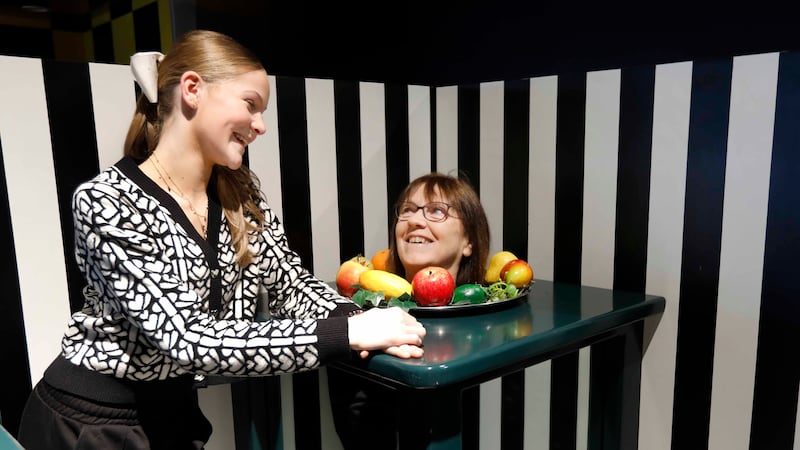What is it about scary movies that makes us want to watch them despite the fact they are so disturbing? Ghastly things happen and we can get scared out of our wits, but when a new horror film comes out the queues start to form.
Our attraction to fear and the spooky things that trigger it begins at a young age. Children up and down the country will be going out tonight on Halloween, a day dedicated to fear and terror. The pumpkins and the trick-or-treat costumes are the fun side of fear, but a great deal of serious research has gone into understanding what fear is and how it affects us.
Dr Bryan Roche is a lecturer in psychology in NUI Maynooth's department of psychology and he has studied rational and irrational fear for the past 15 years. "It is easy to see why people would want to see horror movie," says Roche, who specialises in behavioural analysis. And it helps explain why some people just can't get enough of rollercoasters and other hair-raising experiences.
“Feeling the fear response feels similar to being on a rollercoaster or experiencing any intense emotion. There might be tiny bit of real fear in watching the film, but there is a realisation behind this that it is just a movie. It is the danger that is the source of the stimulation, but it can’t harm you.”
Being able to engage with the frightening film but in the safe context of a cinema is known as “emotional flexibility”, he says.
Paul Ekman, a US psychologist and pioneer in the study of human emotions, suggests there are only five: happiness, sadness, anger, disgust and fear. But when it comes to how our bodies react to these emotions, you would think there was only one. And this makes it difficult to interpret the feelings we get when we experience them.
“People are quite poor about interpreting their feelings,” he says. You can wire up a subject with lie-detector equipment and monitor a person’s physiological response to intense happiness or laughter and then terror, and there will be little or no difference in the way the body reacts, he says. A scary movie might give you goosebumps, but so does sexual arousal.
“It is all part of the same flight-or-fight response, but physiologically they are identical. Subjects can literally mistake what the emotion is they are feeling,” he says. He gives as an example a person about to make an important public presentation. The room is overly warm and badly ventilated and the person begins to perspire. The person will interpret this as fear and even panic, but in reality it is an air- conditioning issue.
Shane O’Mara, professor of experimental brain research in the school of psychology at Trinity College, Dublin, has another good example about interpretation of emotions and the importance of context. Picture opposing football supporters watching a match.
“States of arousal share common mechanisms whether they are painful or pleasurable,” he says. “A lot of it depends on the context, for example a supporter will be euphoric because they are winning or outraged because they are losing, two opposing emotions. Yet in both cases the heart pumps more blood, there are elevated levels of hormones and you experience this as a state of pleasure or pain depending on which team you support. The real issue here is the label that you put on the feeling you are experiencing at the moment.”
Aspects of this are also hard-wired into our brains. Studies into the neuropsychology of pain showed that watching someone in pain or distress activated our own brain pain matrix in sympathy as it were, Prof O’Mara says. “We genuinely will feel the pain of others because we replicate the pain in the centres responsible for pain in ourselves.”
Enter the scary movie. “We are imposing this on ourselves under artificial circumstances. We know it is not real but we get the response of someone in distress while watching and feel this distress,” he says.
It doesn’t matter whether it is a spooky movie or a frighteningly high rollercoaster, we voluntarily submit ourselves to these fear-inducing although controlled and safe situations to have an intense experience that would not be part of normal life, he says.
“If you aren’t in mortal danger the responses are exciting and arousing so when you are in a safe environment and with a level of control, you can enjoy the exciting aspects of being scared,” says Dr Áine Kelly, head of physiology at Trinity College. “There is a level of control and conscious awareness you are not actually in real danger.”
















